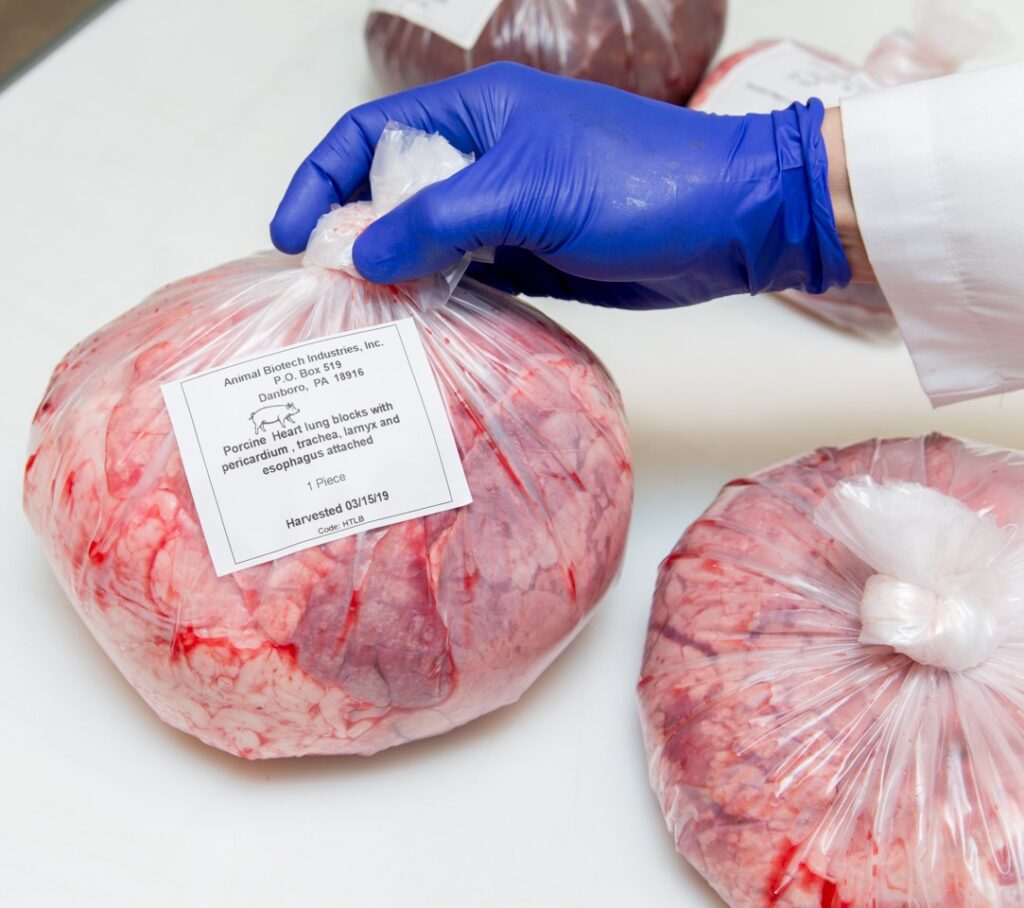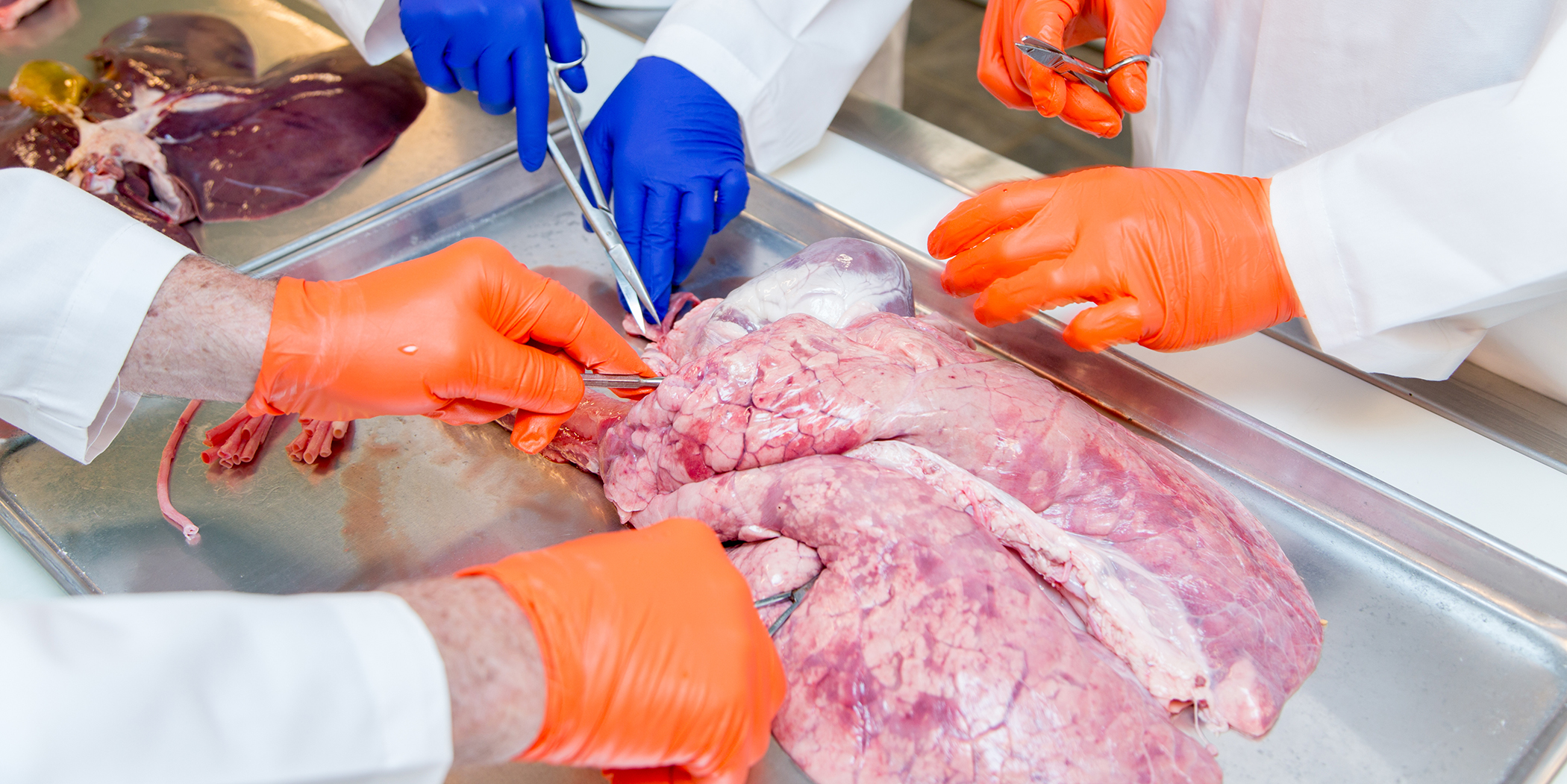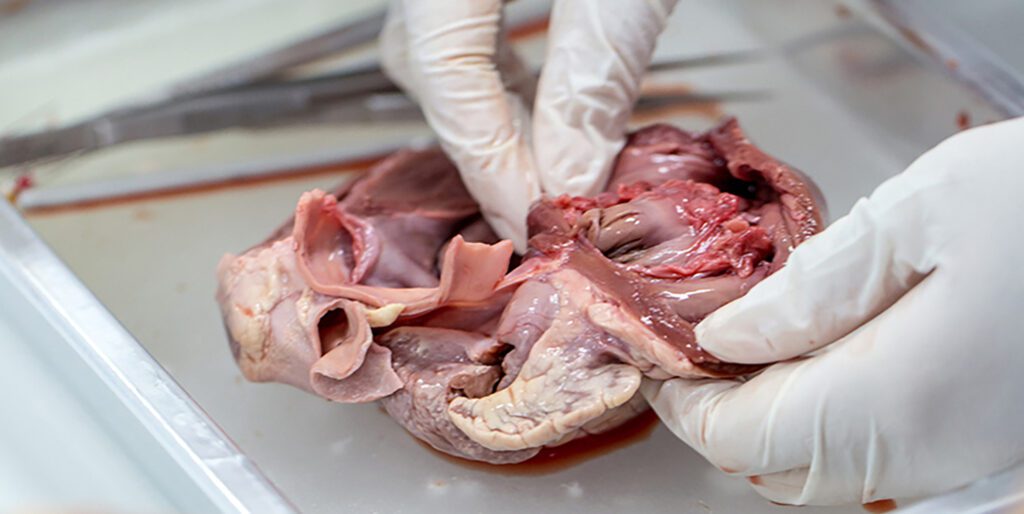The Future of Biomedical Research: Post-Mortem Porcine Tissues
Animal Biotech Industries, Inc. has been an integral part of the biomedical research community for over 30 years. With over 20 years of experience leading the way in custom, ethical post-mortem porcine tissue harvesting, we are excited to announce a new milestone in our journey. Animal Biotech Industries, Inc. is taking strides to meet increased market demand for animal biologicals in the biomedical research and education community.
In alignment with the changing landscape of biomedical research and the evolving needs of our clients, we have decided to focus on delivering cutting-edge solutions that drive scientific discovery and medical breakthroughs with our tissue focused direction, and transition away from providing live porcine models.
Our Commitment to Excellence in Tissue Harvesting
ABI is a top supplier of ethically sourced post-mortem porcine tissues, including organs, glands, and secretions, sourced from USDA federally inspected abattoirs under stringent environmental controls. We are expert anatomists and physiologists ensuring rapid, accurate, and custom harvesting, our customers can trust that they are receiving the highest-quality materials to support their work related to medical device development, surgical training, and biomedical research.
In addition to expert harvesting, our team of scientific professionals is also available to consult your team and recommend specific tissues based on research needs. With a focus on quality, our highly trained personnel handle, process, and package tissues with precision, adhering to time-sensitive and temperature-dependent protocols.


The Power of Porcine Tissue in Research
The demand for expertly harvested porcine post-mortem tissues in research and education is rising due to their anatomical similarity to humans, easy accessibility, versatility, and ethical advantages over live animal studies. These tissues offer valuable insights for studying diseases and medical treatments, contributing to advancements in biomedical research and education.





